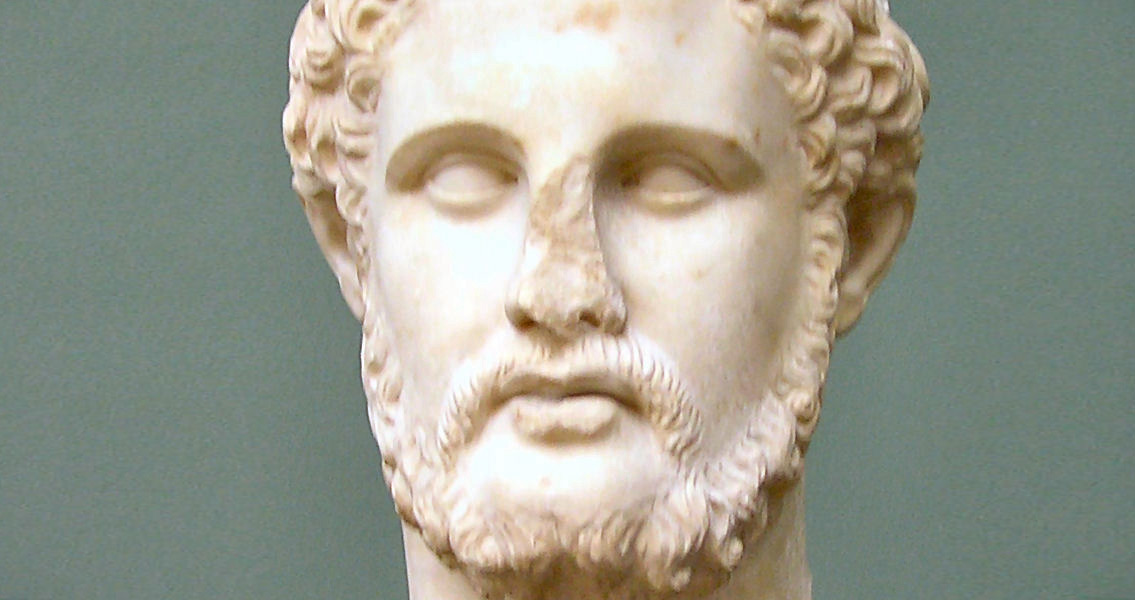<![CDATA[An international team of archaeologists and biologists claim to have finally solved the mystery of the occupants of the Royal Tombs of Vergina almost forty years after they were first discovered. Initially unearthed in 1977, the Royal Tombs of Vergina are a large burial mound located in the remains of the city of Aigai, the ancient first capital of the Kingdom of Macedon. The tombs were first discovered by a young archaeologist, named Manolis Andronikos. Comprised of three chambers, one of which had been looted in the past, the others untouched, the tombs were covered by a tumulus measuring 13 metres high and 110 metres across. A team of archaeologists claimed last year to have identified the occupant of Tomb II as King Philip II of Macedon - the father of Alexander the Great. Their conclusions were based on the rigorous study of 350 bones and fragments located in the tombs. From their study they concluded that a cremated, almost complete skeleton in tomb II was that of King Philip. The authors of the latest study, published last week in the Proceedings of the National Academy of Science, agree that Philip II was indeed buried in the Royal Tombs of Vergina, but argue that he was in fact buried with his wife and new born child in the looted Tomb I, and not Tomb II. Born in either 383 or 382 BCE, King Philip II inherited the throne following the deaths of his two brothers, Alexander II through assassination and Perdiccas III during a battle with the Illyrians. Renowned as an astute military tactician and politician, Philip laid the foundations for the great Empire his son and heir Alexander the Great developed. A series of military victories over the two decades between 357 and 337 BCE saw the Macedonian Empire's territory and influence expand massively, culminating in the League of Corinth which made nearly all of the Greek City states beholden to Philip. These decades of military campaigns took their toll on Philip, however. He was blinded in one eye and walked with a limp following a serious injury to his leg. It is these scars of war which have formed the basis of the researchers' assertion that King Philip was buried in tomb I, rather than tomb II. As the abstract to the study states, "The current view is that Philip II was buried in Tomb II. However, the male skeleton of Tomb II bears no lesions to his legs that would indicate lameness." Through forensic analysis of a set of male remains found in tomb I, the team found evidence of knee ankylosis - a stiffness or rigidity of the joint. Running right through the overgrowth of the knee remains is a hole, which the team conclude could not have come from infection or osteomyelitis. "This evidence indicates that the injury was likely caused by a severe penetrating wound to the knee, which resulted in an active inflammatory process that stopped years before death." The male skeleton extracted from tomb II however, shows no evidence of lesions to the legs which would indicate lameness. This, the team argue, is firm evidence that it was not Philip II. Standard anthropological dating techniques, such as teeth analysis, were carried out on the male skeleton in tomb I, aswell as the remains of two other occupants: another adult skeleton likely female, and the remains of an infant. They concluded the male was around 45 years old (Philip was approximately 46 when he died), while the female was around 18 and the child a new born. Philip was assassinated by one of his body guards, with his teenage wife and new born child killed a few days later according to literary accounts. This has led the team to conclude that the three sets of remains in tomb I are of Philip, his wife Eurydice Cleopatra, and their new born child. For more information: www.pnas.org]]>
Mystery of Royal Tombs of Vergina Solved
